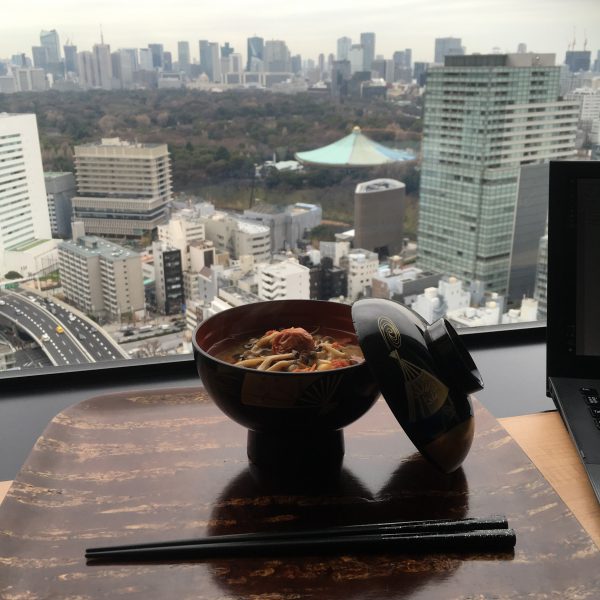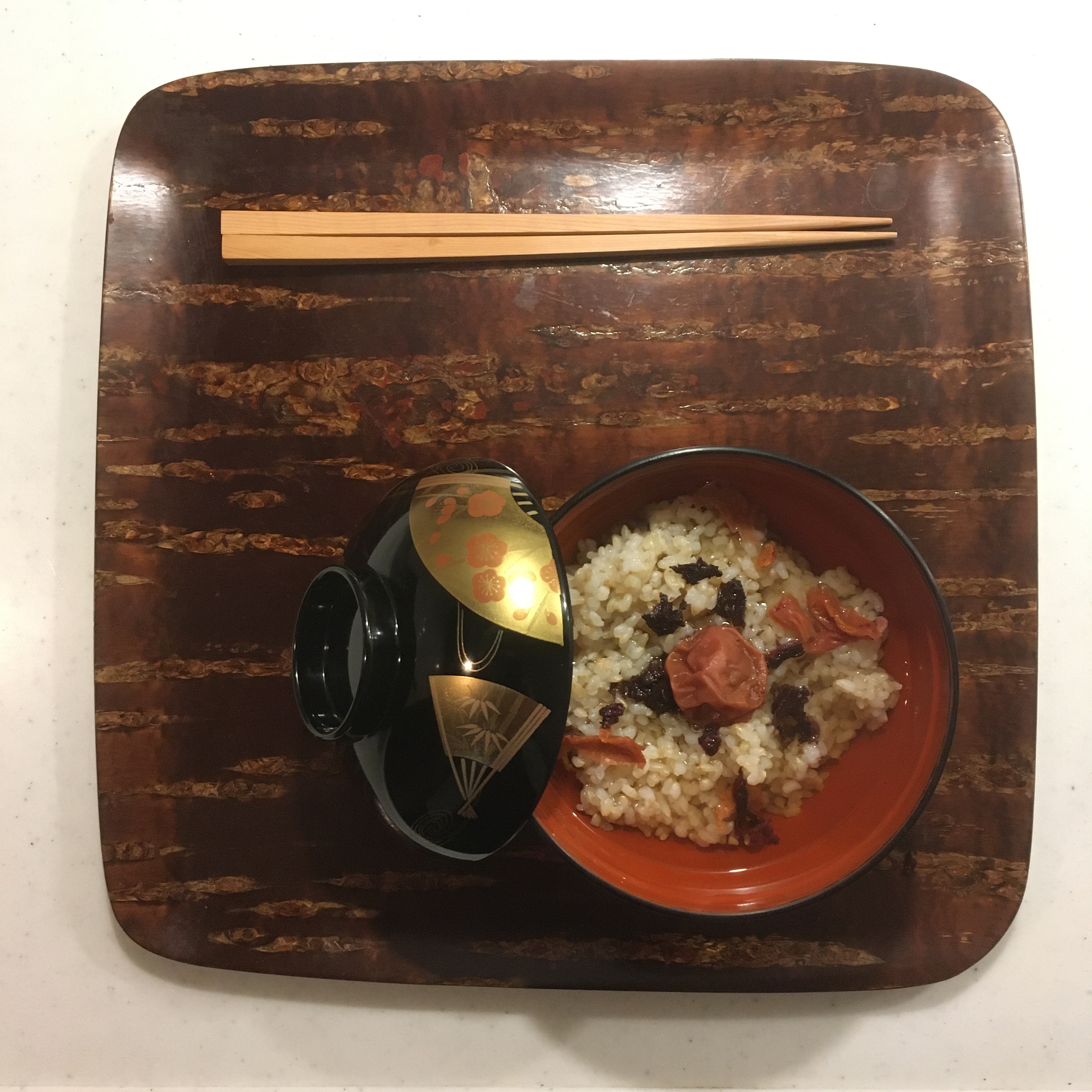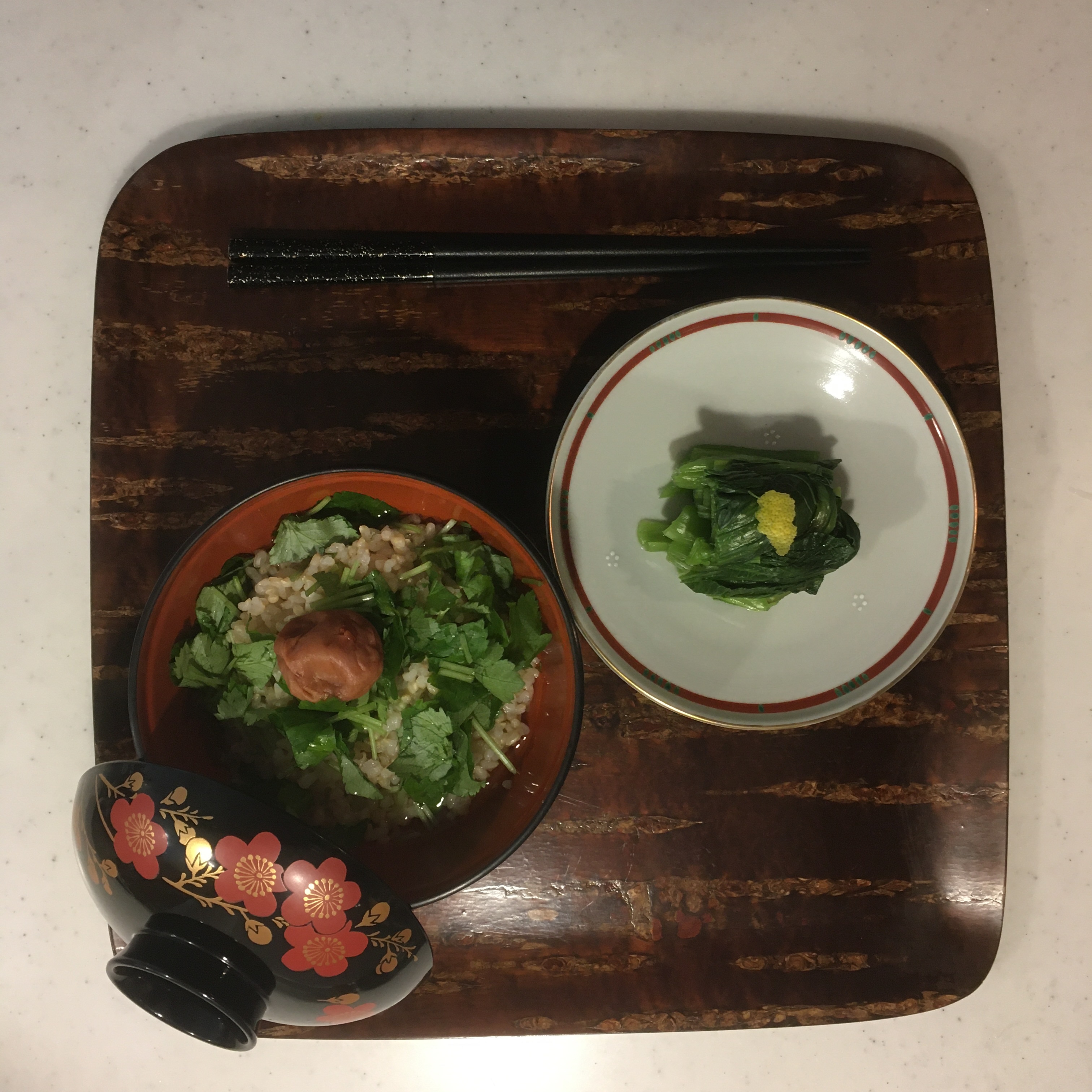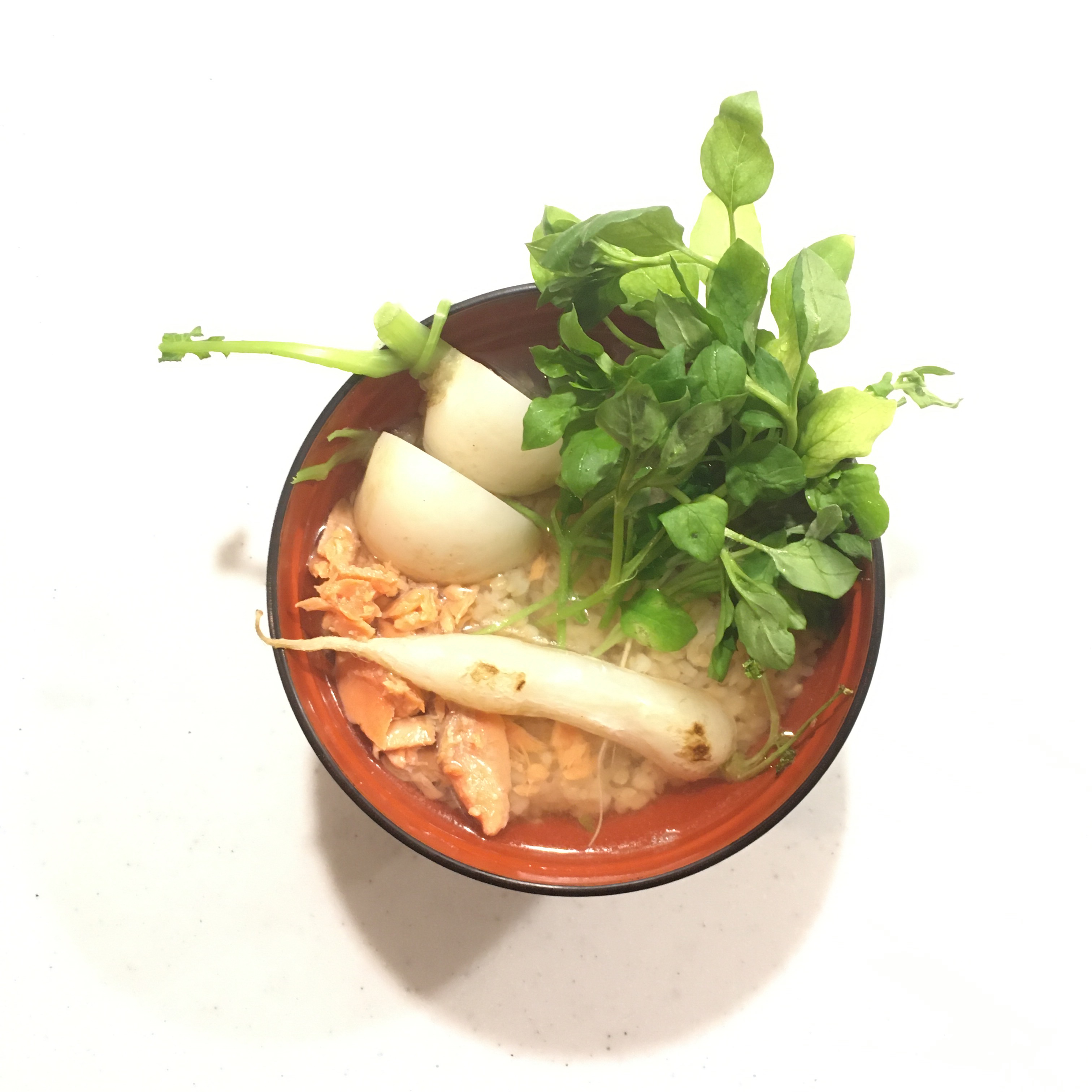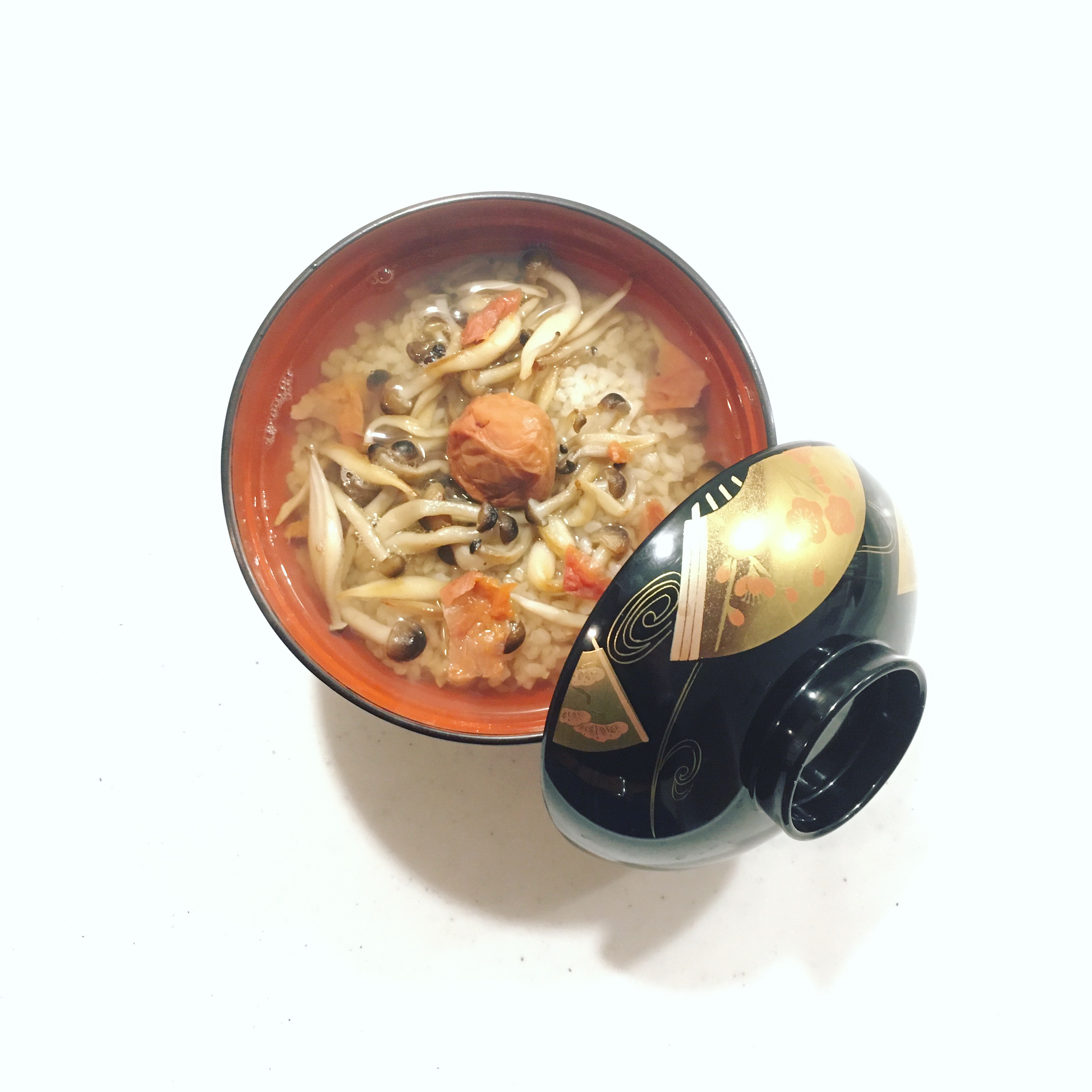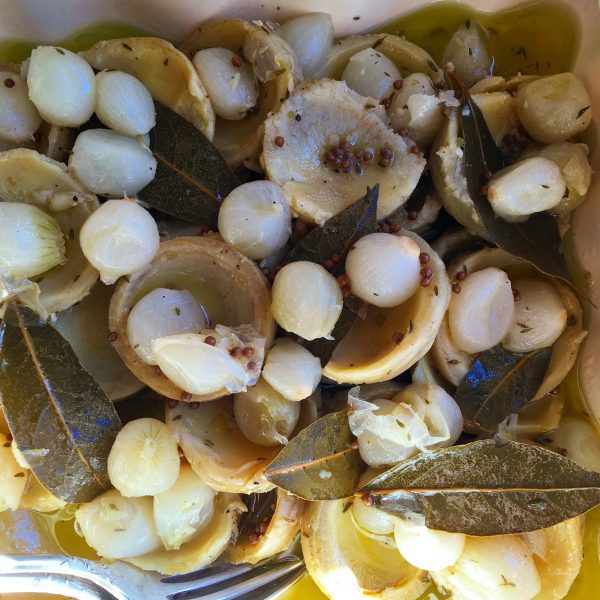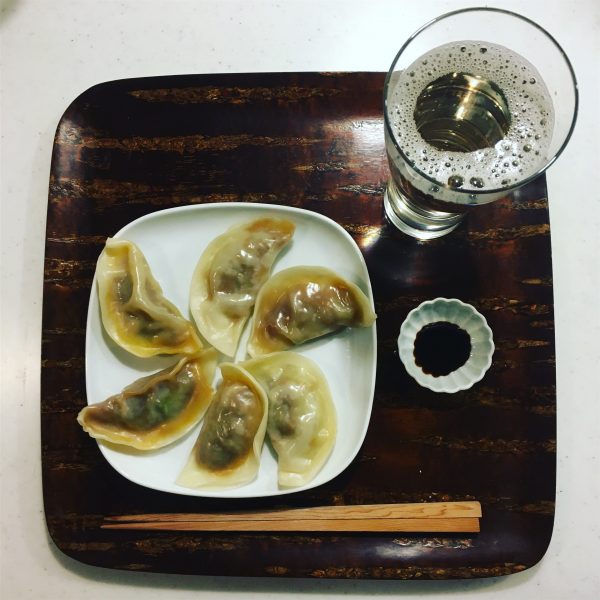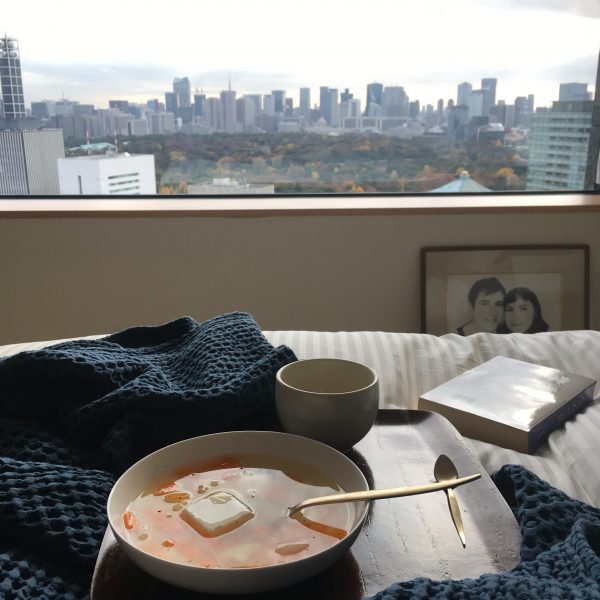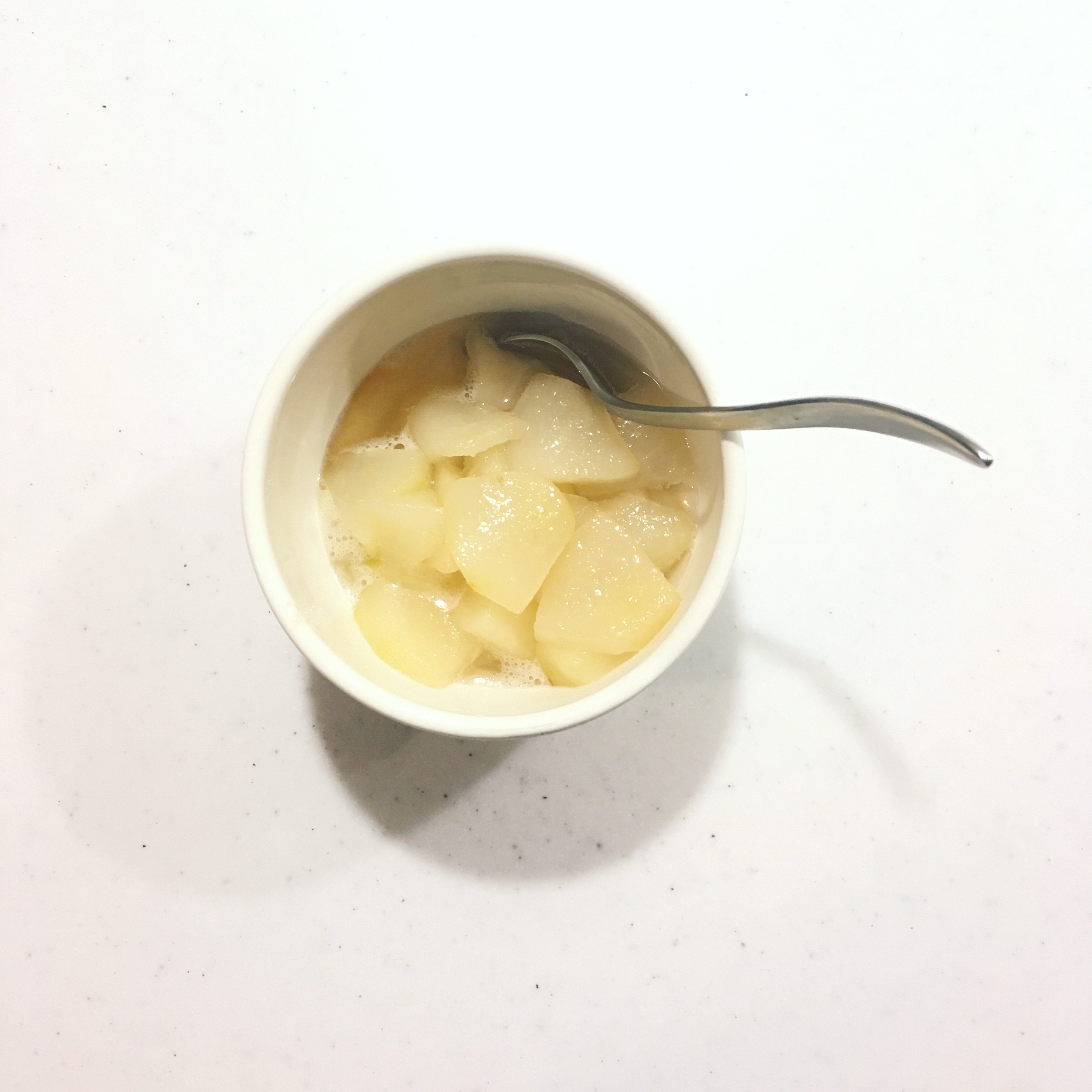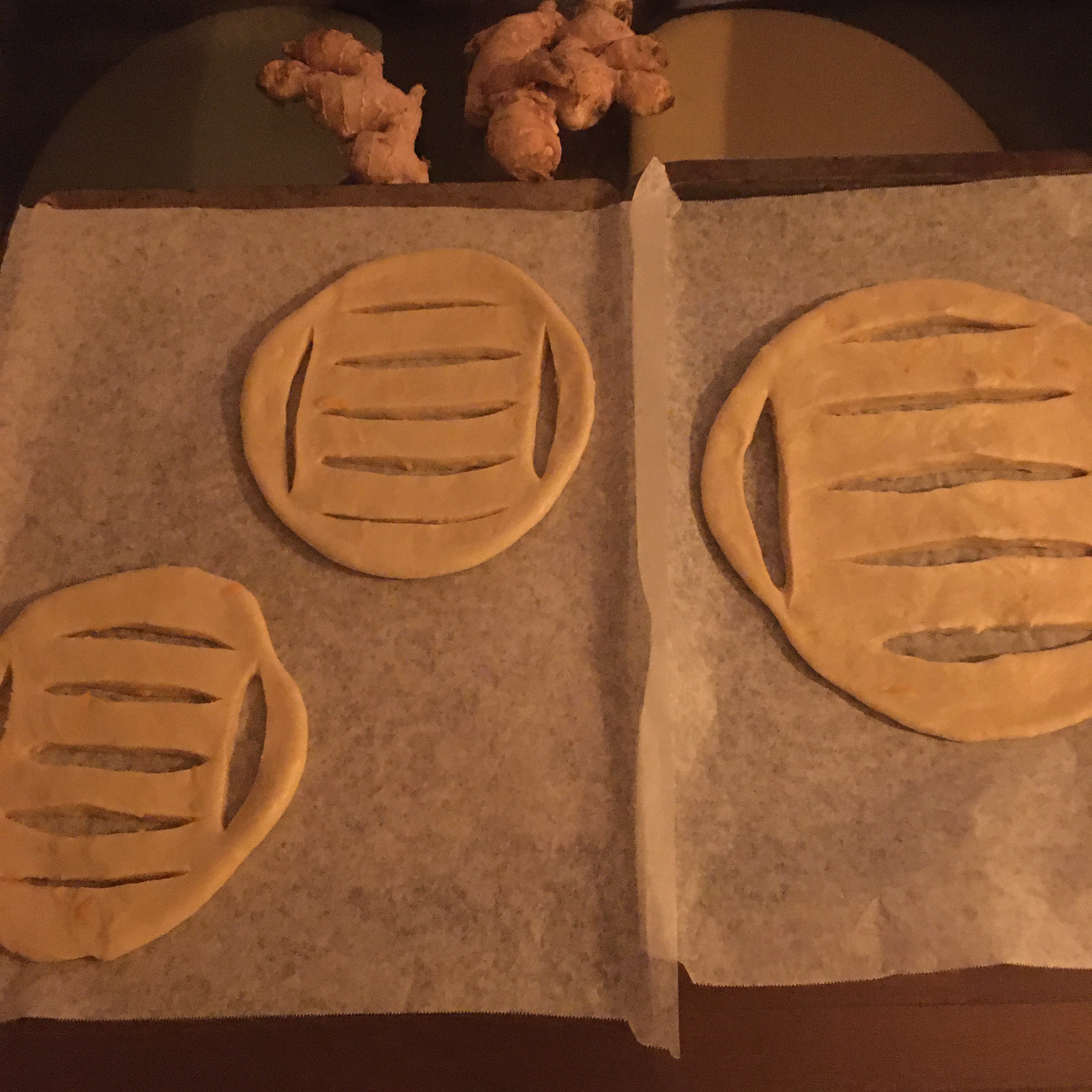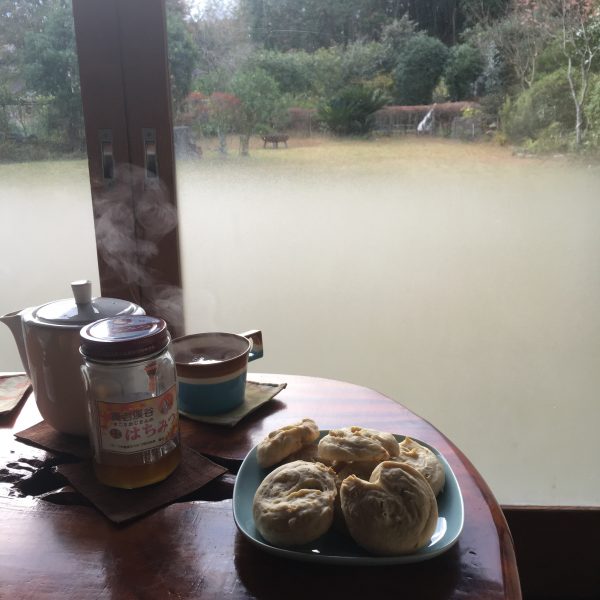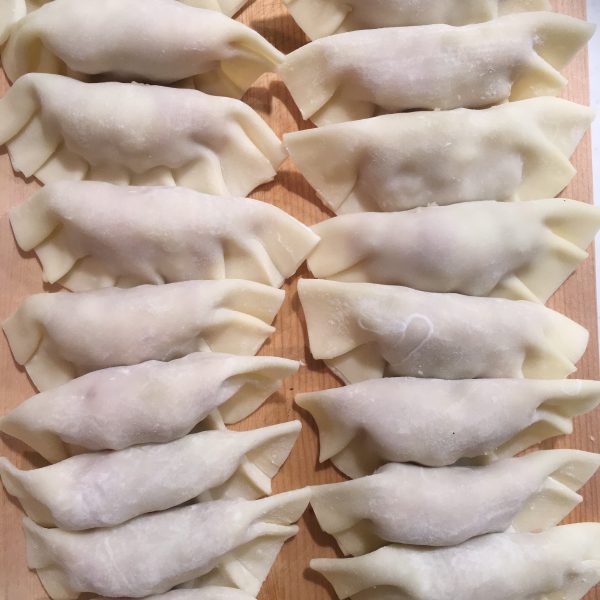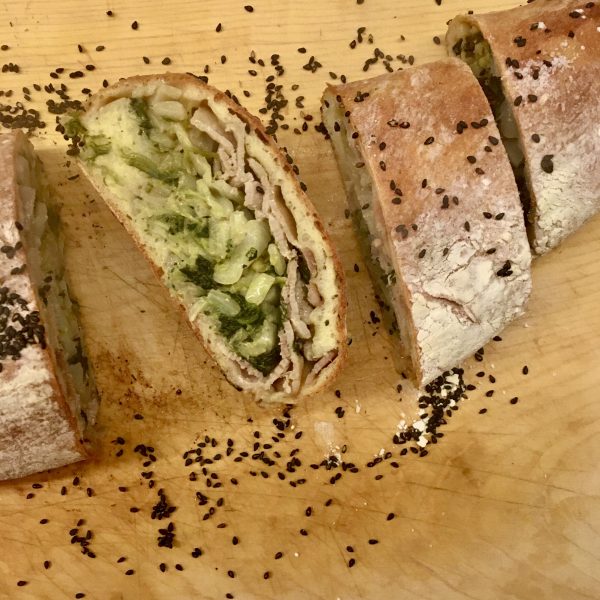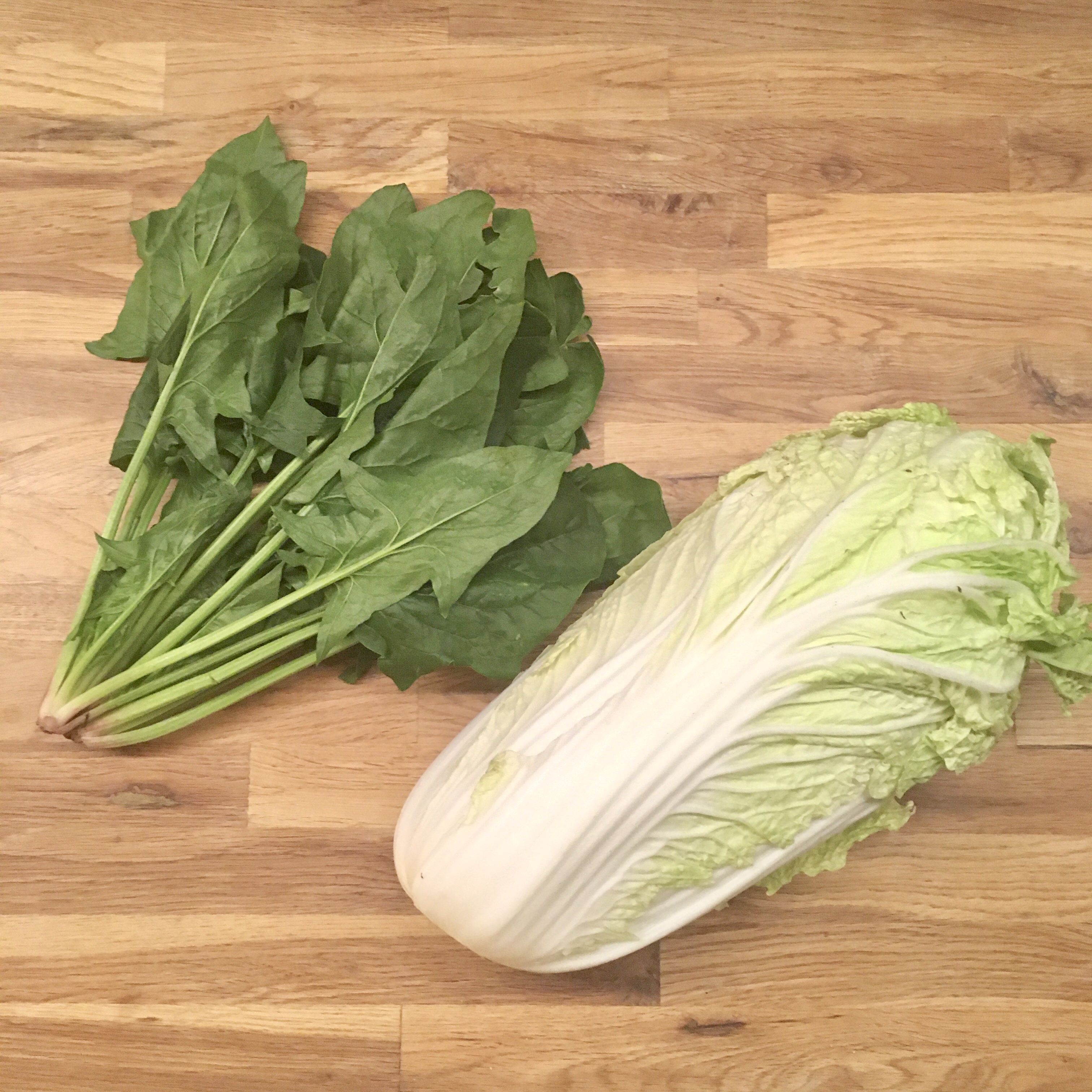The past two years have just gone in a flash. Since A. changed jobs and we moved, it’s been a continuous flow of things: 2 jobs for A., a cross appointment for me (which is basically a new job on top of mine), we started pottery classes, we had a giant garage and workshop built, we started paddle surfing and surfing, we started a kitchen garden with less rather than more success and I got more confident at baking breads. These have been for sure 2 amazing years, but they also left me with an impression that I have done nothing but running from one work appointment to the other, from one work task to the other, and when the work week was over either we flew to the countryside or we had to stay in Tokyo because I had some work related events to attend. Business trips were plenty as well. This resulted in working days of 12 to 14h with a lot of moving here and there, spending time in trains and metros which in Tokyo can easily be an hour or more. Both of us coming back home often past 22:00 and I then start to cook for dinner, a dinner that needs to be quickly made to satisfy our empty stomachs. While I still dream of country life in a sense, I believe that by changing my habits I could just as start by improving our Tokyo life. Being sick with fever and bed ridden for the first time in more than a decade and then working at a very low speed has taught me to be super efficient again. When your efficient brain time is just a tiny portion of what it used to be you have to use it wisely! I realize I could work differently and I have started as soon as I got back last week. I need to process information on a priority base, and for that refuse all extra work that is not exciting and to help someone I care for. Being sick was a good excuse to start with, now I just need to continue. Time with my students and with my colleagues for projects I care for should be valued over administration. That said it won’t make days shorter.
So the other major change concerns cooking. I was tired of rush cooking so my new schedule is that no matter what I leave the lab between 17:30 and 18:00, go back home, start cooking dinner, and then work again from home. I am lucky enough that most of the work I do can be done everywhere. It means I can cook things that take more than 10min such as spelt, lentils, brown rice and all the others alike.
So when A. comes back dinner is ready and we can eat a much better prepared dinner and at least 30min to 60min earlier!!
This has been really great to finally cook a lot of cereals and products I bought on our trips and they end up in the fridge waiting to be cooked. For example pearled barley from our trip to Italy a year ago… This recipe is highly Mediterranean with capers from Greece that my parents bought me when they went there last spring, sun dried tomatoes from a farm in Gozo I brought back from Malta and olive oil from my home town. The fish comes from our local fishing harbor in Katsuura.
Pearled barley and bonito
– 120g of pearled barley
– 5 sun dried tomatoes
– 1tbs of capers salted or in salty water
– olive oil
– a piece of bonito or tuna
Wash and cover with water the barley. Boil under cover for 20min. If all the water didn’t go, drain it. Add a splash of olive oil. Cut the tomatoes, add to the barley, add the capers. Stir well. In a olive oil greased fry pan, grill the fish. Serve in plates with a last splash of olive oil.
So far I applied this new concept for a week and it worked very well. Let’s see how the second week will work!!

